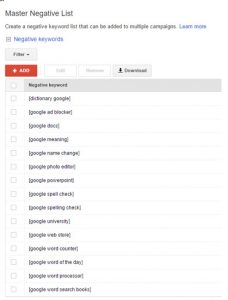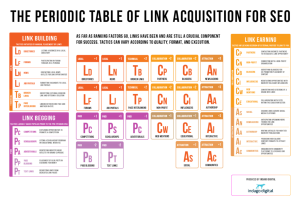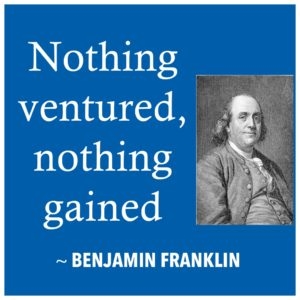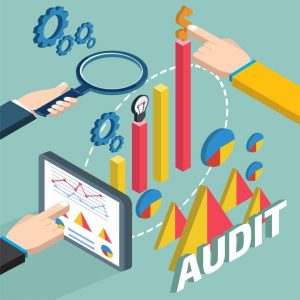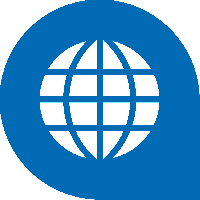
To outsource or not to outsource, that is the question. For companies looking to cut costs, outsourcing can be attractive because third parties can often provide service for a cheaper price. However, when deciding whether or not to outsource an important component of your business like merchandising, you should consider all the factors involved, not just cost. In this article we’ll look at the advantages and disadvantages of outsourcing and insourcing, as well as a combination of both.
Outsourcing
Currently, almost 90% of CPG (consumer packaged goods) companies use a third party for support in some form and are generally satisfied. Outsourcing is especially popular during a recession, because third parties can provide merchandising services for cheaper prices due to economies of scale; the costs of labor and mileage are allocated over all the companies that the third party merchandiser services. You will be able to get broader coverage faster because of the increased flexibility of the reps. By outsourcing, you can hand off the responsibility of merchandising and focus on other aspects of your business, which may increase your growth and productivity. For managers who are not familiar with merchandising or do not have the time to hire, train, and oversee reps, outsourcing to third party merchandisers should be considered- they take responsibility of hiring, training, and managing the reps. For larger companies, this should also be considered because it is harder to manage a larger number of reps.
There are caveats to outsourcing, however. Primarily there is a lack of control. It is important to find reputable third party merchandisers because they are a direct representation of your company. Their actions reflect on how retailers and customers perceive your brand. Even with experienced third party merchandisers, however, you still do not have direct control over merchandising. It is up to you to decide how much of an impact it has on your business- if it is not one of your core competencies, you may want to reconsider outsourcing. Third party merchandisers also do not have the same passion for your brand as your own team will. They may do the job adequately, yes, but they will not be “Evangelists” for your brand. In other words, they won’t go above and beyond to ensure that your product is impeccably presented in the store and will not attempt to negotiate any additional placements or find new clients. A possible solution to the control issue is to increase the visibility of the third party merchandiser’s field reps. This can be achieved by using Field Activity Management (FAM) software, which allows you to see what the reps see, giving you real-time visibility into the field and what is happening with your products and your competition.
Insourcing
Your own people are the most aligned with your goals, because they are the most familiar with you and your vision for the company. They understand the product and understand how to best present it. They share the same passion as you and will use that passion to promote your brand and represent it in a good light. With your own team, you have full control of the merchandising process, from the start to the finish. It is more reliable, and you can also manage the accountability of your reps through use of Field Activity Management software. According to this study, in-house merchandising increased the average monthly turn rate by 25%. This means that insourcing allowed businesses to sell more merchandise at a quicker rate, resulting in an increase in profits. For smaller companies that do not yet require widespread coverage, building your own team is a good idea as it provides a highly personalized approach to merchandising, which is reflected in the products’ in-store presentation and customer relationships.
Hiring and training reps, on the other hand, is time-consuming and can be costly. According to a study done by Bain & Co., using a third party merchandiser costs 23% less than employing a direct sales force, on average. These costs are important to consider, because if your business cannot afford to maintain an internal team of reps, they may want to consider outsourcing. On the other hand, take into consideration the potential profits you can gain from keeping your own team- you may find that your products sell better with your own merchandisers. Managing a team may also be a concern of yours- how do you best maintain accountability in employees who spend most of their time in the field? The simple answer is Field Activity Management software- it has GPS, photo, and geo-tagging capabilities, allowing you to track where your reps are and have them send photos of their completed merchandising work for you immediately to review. This facilitates better communication between reps and managers in the back-office, which is vital to effective management practices.
Other Possibilities
Some companies choose to use a mix of their own merchandisers and third party merchandisers. Although this may seem like the best of both worlds, businesses should approach this with caution. By having two teams of merchandisers, communication can be a big issue. Since merchandising is now a shared responsibility, a lack of communication results in unclear and imprecise directions of who is responsible for what. This leads to unfinished work or failure to achieve the planned results. In addition, the outsourced merchandisers have little motivation to perform at their best, since they are typically not provided with any of the training, coaching, or incentives that the company’s own merchandisers receive. Thus they do not develop bonds with the other merchandisers or the company. This model does not result in a significant saving of fixed costs like purely outsourcing does, because there are now two teams needed on site.
The decision to outsource must be made carefully and after consideration of both qualitative and quantitative factors. When making this decision, think about your company’s core competencies and value proposition. How will it benefit from outsourcing? How might outsourcing hurt? Is merchandising something that your company does very well, and if so, is there any need to outsource besides cost? How much cost would outsourcing actually save (take into consideration the total cost, not just the cost of labor)? Use these questions as guideline to help you make your decision. Whether you outsource or insource, use Field Activity Management software to help manage the reps and ensure that they are representing your products in the best way possible. You can collect and report data with ease, allowing you to analyze the effects of your outsourcing/insourcing decision and adjust if necessary in the future. Merchandising solutions should have the ability to give insight into the factors that drive sales; by analyzing this data, you can determine whether outsourcing/insourcing is increasing your sales growth or not. The final key to effective merchandising? Ongoing communication between reps in the field and managers in the back-office, which is imperative for any successful merchandising team.
Business & Finance Articles on Business 2 Community
(318)
Report Post
